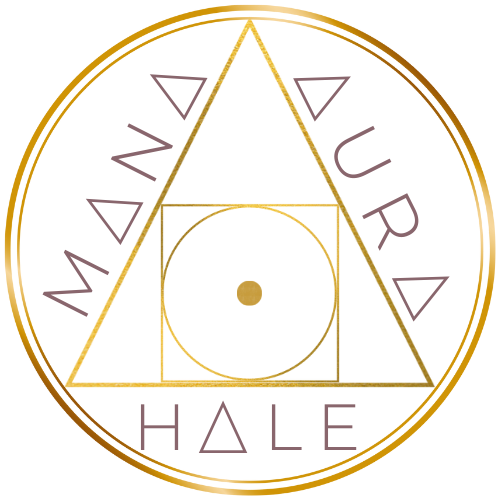TheHistory of Sound Healing
Sound therapy, an ancient healing practice that utilizes sound vibrations to promote relaxation, balance, and overall well-being, has captivated human beings for centuries. From the rhythmic beats of indigenous drums to the delicate tones of singing bowls, sound therapy has evolved and transcended cultural boundaries to become a widely recognized modality for healing and personal growth. In this blog post, we embark on a fascinating journey through time to uncover the rich history of sound therapy and explore its enduring influence on various civilizations.
“A person does not hear sound only through the ears; he hears sound through every pore of the body. It permeates the entire being, and according to its particular influence, either slows or quickens the rhythm of the blood circulation; it either awakens or soothes the nervous system.” – Hazrat Inayat Khan
Ancient Origins
The roots of sound therapy can be traced back to ancient civilizations, where sound was revered for its powerful effects on the mind, body, and spirit. In ancient Egypt, priests used chanting and incantations to induce altered states of consciousness and promote healing. Similarly, in India, the practice of Nada Yoga, or the yoga of sound, incorporated vocal chants, mantras, and musical instruments to balance and harmonize the chakras.
Traditional Indigenous Practices
Indigenous cultures across the globe have long recognized the therapeutic properties of sound. Shamanic traditions, such as those found in Native American and African cultures, incorporated drumming, rattles, and chanting to enter trance states, commune with spirits, and facilitate physical and emotional healing. These traditions recognized that sound could reach deep within the human psyche, bringing about profound transformation and restoration.
Chinese Wisdom
The ancient Chinese civilization also embraced the therapeutic aspects of sound. Traditional Chinese medicine acknowledged the intricate connection between the body and sound vibrations. Techniques like Qigong and acupuncture utilized specific frequencies and tones to restore balance and vitality to the body’s energetic pathways. Instruments like the guqin, a seven-stringed zither, were played to promote relaxation, relieve stress, and enhance meditation.
The Renaissance and Beyond
The Renaissance period witnessed a resurgence of interest in the healing power of sound. Renowned thinkers and visionaries, including Pythagoras and Leonardo da Vinci, explored the mathematical and harmonious nature of sound. The discovery of the relationship between musical intervals and mathematical ratios laid the foundation for the development of Western music theory. This newfound understanding of sound as a tool for harmonizing the human experience fueled advancements in music therapy.
Modern Sound Therapy + Contemporary Applications
In the 20th century, sound therapy experienced a renaissance as a formalized healing modality. Pioneers like Dr. Alfred Tomatis and Dr. Hans Jenny delved deeper into the scientific and psychological aspects of sound. Dr. Tomatis developed the “Tomatis Method,” which used modified music and sound frequencies to stimulate the auditory system and promote cognitive development. Dr. Jenny’s experiments with cymatics, the study of visible sound vibrations, unveiled the visual patterns formed by different tones, offering insights into the profound effects of sound on matter.
In recent years, sound therapy has gained widespread recognition as a complementary healing practice. It is now employed in various settings, including hospitals, wellness centers, and spas, to reduce stress, alleviate pain, and facilitate relaxation. Sound baths, where participants immerse themselves in the soothing tones of singing bowls, gongs, and other instruments, have become popular for inducing deep states of meditation and promoting emotional release. Binaural beats, which involve listening to specific frequency combinations, have gained attention for their potential to enhance focus, creativity, and sleep.
The remarkable history of sound therapy reveals its enduring presence across different cultures and time periods. From ancient civilizations to the modern world, sound has been recognized as a powerful medium for healing, rejuvenation, and personal growth. As we continue to explore the intricate relationship between sound and well-being, sound therapy holds the promise of unlocking deeper levels of understanding and fostering harmony within ourselves and the world around us.
